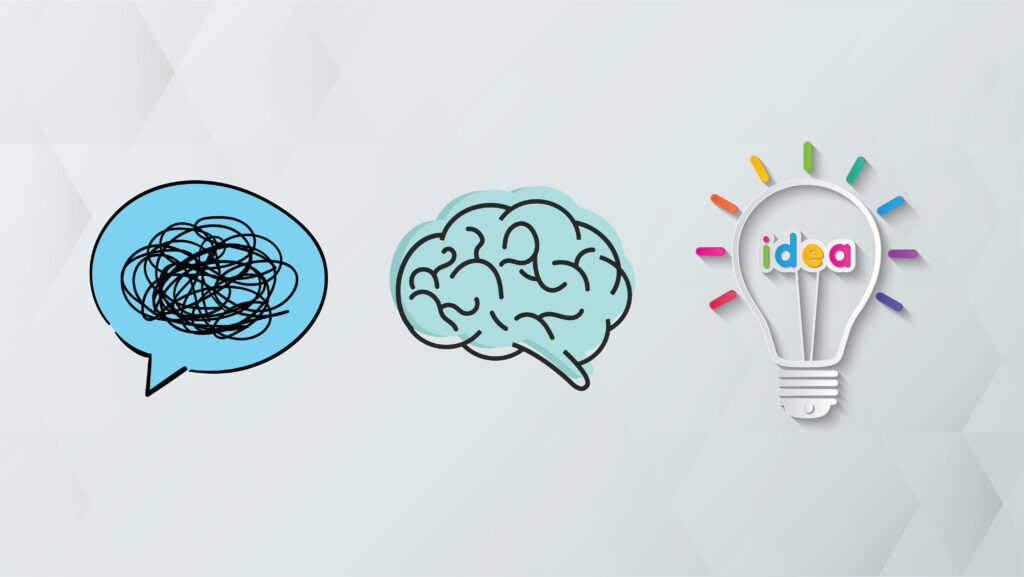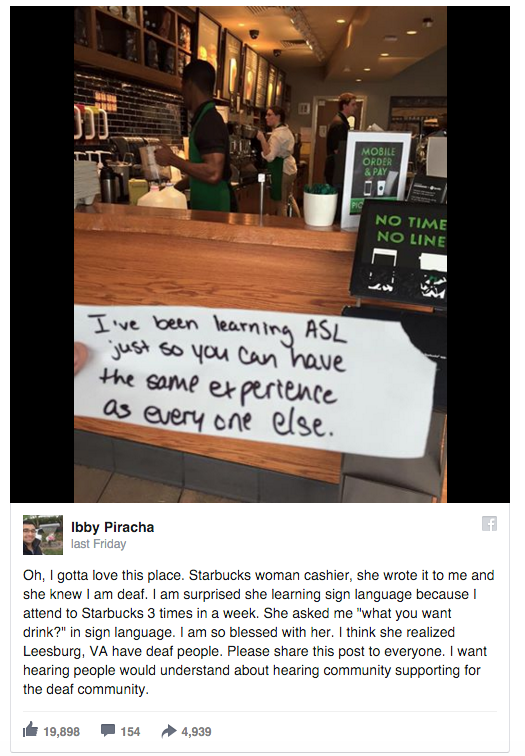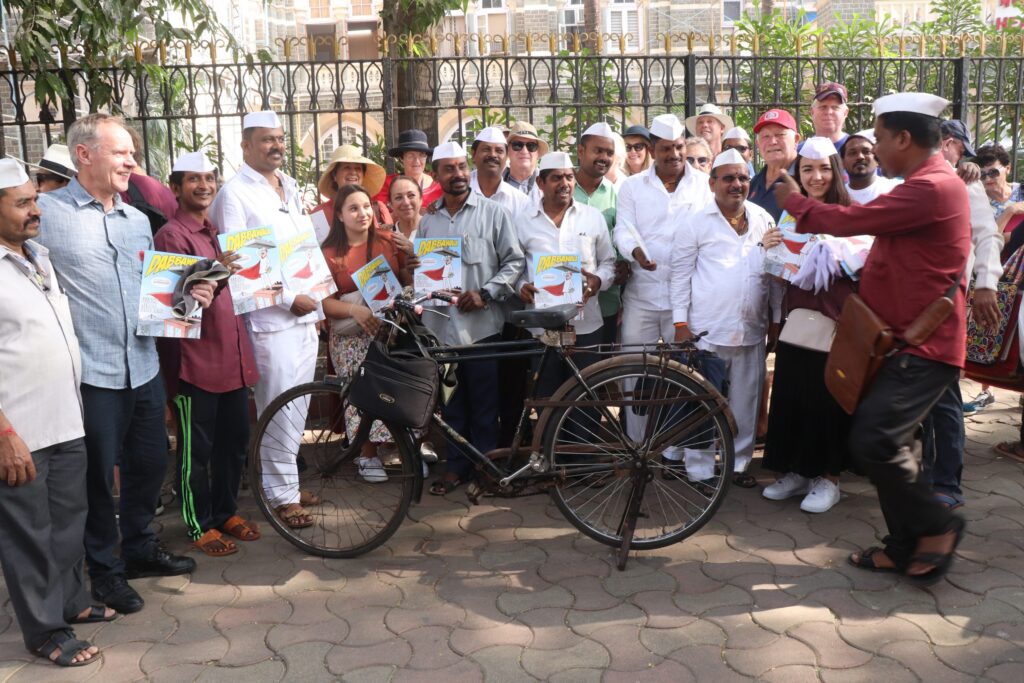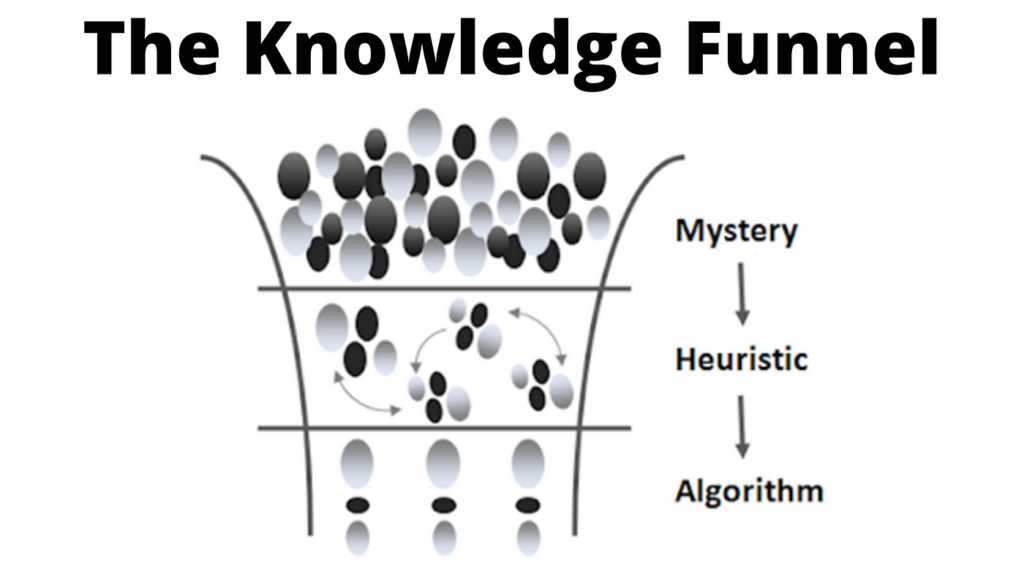Table of Contents

We would like to take you through some of the Design Thinking application stories across sectors. While these stories would be across different domains, you would notice an interesting pattern. That pattern is, what the Designers (people involved in the process) would have thought something different & that different thought-process alone would have been the enabler to look at the problem-in-hand from a different perspective. In our previous blog too, we have emphasized on why mindset is the key to any Design Thinking process.
Let’s dive into some of the Design Thinking illustrations –
CISCO’s Breakathon – An example of Collaborative Mindset
CISCO’s HR team organized a “HR Breakathon” with the slogan – ‘In 24 hours HR will never be the same’ They believed the departmental, cultural and time zone barriers within different verticals of the HR Unit, were creating siloed units. They needed to break it and look for ideas and that’s where they designed the ‘Breakathon’ mega event.
The magnitude of the event involved covering 16 time zones, 39 countries and 116 cities, Including 120 teams from Australia to California which involved 821 participants overall (HR and other functions). This represented 65% of the HR employees.

People collaborated in diverse teams of typically 4-8 members and experienced a practical innovation approach which could easily be re-applied at any later stage – An “ideation journey” based on 4 simple Design Thinking steps – “get ready”, “discover”, “diverge”, “converge”. The teams were looking for tangible, practical solutions to be applied, short- to mid-term in the real Cisco world, starting from a clear description of the problem being tackled, showing the characteristics and the value of the proposed solution, and defining the key implementation steps.
Over a period of 24 hours, the Cisco HR employees collaborated with colleagues in the services and engineering organizations to come together virtually, using a mix of Cisco collaboration technologies including WebEx, TelePresence, a dedicated Spark room, and a custom built Tracking App showing all the team activity in a leaderboard.
A select team of Subject Matter Experts were available on call, covering all time zones, in case of need for support for the Breakathon participants – on topics related to IT, HR Analytics and Operations, Legal, Employee Experience and Employee Relationships. The Experts on Call were available through Spark, Jabber or WebEx.
Outcomes: The Global HR Breakathon gave birth to 105 ideas, covering several areas of intervention for HR: talent acquisition, onboarding, learning and development, teams, leaders and leadership, Paid Time-off policies, culture, workplace design, connecting people, career enablement, moments that matter, knowledge exchange, etc.
Four Regional judging panels and a global panel selected the most compelling proposals for recognize. Selection was done according to the following key criteria: analysis, impact, feasibility, innovation, quality of pitch.
The above example demonstrated the sheer power of collective divergence. This insightful divergence is possible only when there is a clear alignment within teams on the problem to solve and importantly a mindset to appreciate divergent yet interesting ideas. Our previous blog focuses on some of the qualities needed for being a Design Thinker which also focuses on the mindset.
Empathy to go the ‘Last 2%’ to give the ‘200%’ experience @ Starbucks
A couple of years ago, this story was featured on almost every news site and with good reason. As most of you know, Starbucks is a company that prides itself on its personal customer care. By writing down your name on your cup of coffee, they form a personal bond between the barista and the customer. (And if you think they’re writing down your name wrong on purpose, you’re probably right.)

But one employee took it to the next level and made sure one of her deaf customers would receive the best customer care possible, by learning sign language. The customer shared this story on his Facebook page and the rest is history. Starbucks created a ton of goodwill and became one of the most talked about brands on the internet for a couple of days. All thanks to one employee that acted of his own accord.

Do go through our previously authored blog on Why empathy is the jugular vein of Design Thinking
Observing Patterns : ‘Keep the Change’ – Savings Campaign of Bank of America
Bank of America, in association with IDEO, offered a unique program called ‘Keep the Change’. This savings program was designed to help people, especially mothers, have better control over their finances. Design Thinkers associated with the program studied women and their spending pattern on their cheque books and came up with the ‘Keep the change’ campaign
It was observed that this program helped remove the feeling of shame that came along with being unable to save money. It also increased the customer base of the bank substantially.
How did they do this?
The bank studied how women ‘rounded off’ their cheque books – making calculation easier and help in creating a small ‘buffer’. Once they knew, they created novel ways for people to open accounts. In addition, they introduced a system that allowed round off purchases made with debit cards. The overcharged amount would be remitted into the savings account automatically – and the bank would match the amount.
Of all new customers, 60% enrolled into the program. A critical factor that enabled this is that through the new approach, the bank removed the feeling of shame that came along with being unable to save money, which was replaced with pride at taking more control over finances. It also increased the customer base of the bank substantially.

Mumbai Dabbawallahs – Alignment to Algorithm
The world-famous Dabbawallas of Mumbai deliver lunch to employees throughout the great city. What’s interesting is that, they use a combination of a few alphabets, numbers along with a color code that helps them to arrive precisely at not only the location of the building of their customer but precisely to his/her floor and desk location. That’s why any error by them becomes the source of great stories.
It’s worth pondering over the fact that they have a humble background when it comes to their education. Yet, that doesn’t stop the 5000 strong workforce to supply lunch boxes to lakhs of Mumbaikars who commute to every nook and corner of the city through local trains and cycles. The word ‘holiday’ doesn’t exist in their dictionary. This isn’t possible unless everyone is aligned.
So, what’s their binding force that keeps them together? Well, the Dabbawalas belong to the Warkari sect of Maharashtra who worship Lord Pandurang, also called Lord Vitthal. They also follow revered Saint Tukaram whose one of the popular religious hymns/Bhajans starts in Marathi “एकमेकासहायकरू, अवघेधरूसुपंथ“, meaning “Let’s support each other and together (collectively) we can aim for the path”. On any evening in Mumbai, as the working-day ends, one can usually see Dabbawallas singing these Bhajans in trains as they head home. These lines have become their motto and its this very motto that binds them together.
For some, such as the Dabbawalas, it is faith that brings them together, whereas for many others (especially organizations) it could be their collective vision and mission. That’s what we call the Higher Purpose which moves beyond roles and responsibilities of each one and acts as inspiration for the team.
It is thus, no wonder that management consultants, leaders from the world of operations and even Prince Charles of the UK and Richard Branson have been amazed at the achievement of Dabbawalas.
In one of the Design Thinking approaches recognized world-wide, Dr.Roger Martin’s approach focuses on ‘Good Design’ through ‘Algorithms’. The design of these algorithms help to chalk-out frameworks which are so easily understood by everyone across the organization and scalable in implementation. The Mumbai Dabbawalas have intuitively designed their own way of an Algorithm which has enabled them to scale at such a magnitude.


As we end this narrative, we would like to illustrate an important point here. A typical Design Thinking application doesn’t necessarily mean applying each and every step of a Design Thinking process. The application can simply be leveraging a Design Tool or observing patterns of user-behaviour or it even can be thinking about a problem differently

